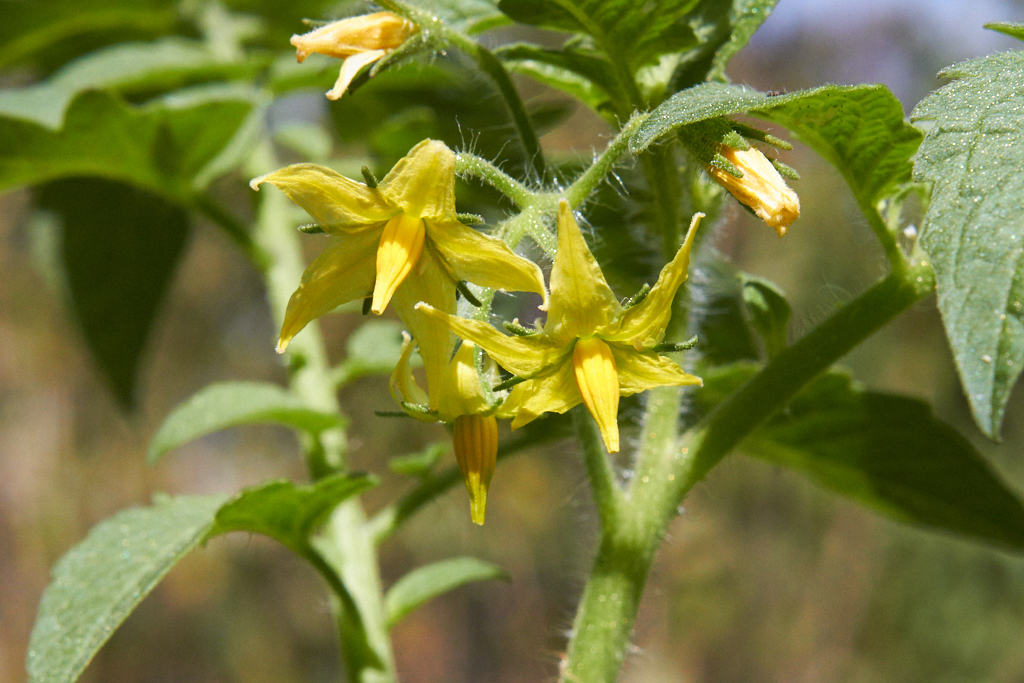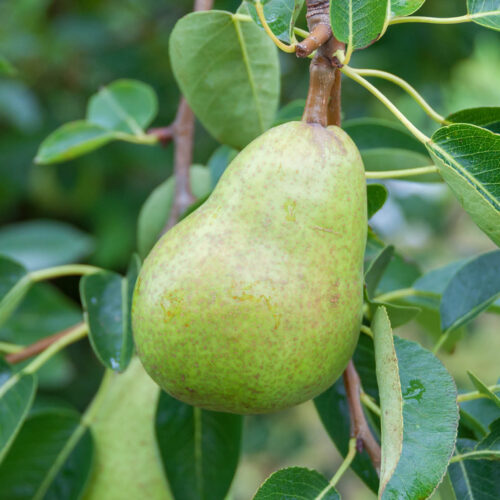Tending tomatoes
2020-01-06T00:15:52+11:00
Homegrown tomatoes need regular tending right though the summer to ensure they get what they need from the soil and are pollinated.
It’s hard to think about other things with drought, fires and smoke shrouding and dominating our lives. But, unlike those who have lost their gardens, and some so much more, I am lucky to still be able to find consolation in mine. Gardens are good places to be in difficult times.
I planted my tomatoes late this year (I seem to get most things in late) and am still tending them as they grow, rather than getting ready to harvest.
After really good soil preparation, I haven’t had to feed much, apart from a sprinkle of potash when first planted. This is one of Peter Cundall’s tips, and helps to promote early flowering and fruit production. I tend to let my tomatoes grow without pruning. The exception to this is the lower leaves. I have found over the years if the lower leaves are left in contact with the soil that it’s much easier for diseases and pests to make their way from the soil into the plants, so I remove the lower leaves, resulting in a gap of about 30cm between the bottom leaves and the garden bed.
I’m also really careful while doing this to make sure that I clean my secateurs with methylated spirits (I have some in a spray bottle) before moving from one plant to the next. This ensures that I’m not inadvertently carrying disease from one plant to another. I also look for discoloured leaves and remove these as well, putting them in the bin rather than the compost. This simple garden hygiene can prevent disease from occurring and spreading.
I’ve also been cutting up old tee shirts for ties. I find that these are less likely to damage tomato stems, and have the stretchiness to accomodate wind movement without cutting.
Fruit production
For me, like so many, this summer has been one of extremes. Living near the coast in Victoria, we’ve had cooler than usual days interspersed with sudden intensely hot days over 40ºC. Also a lot of very still days, interspersed with the occasional day of extreme winds. None of this weather is good for tomato production.
Tomatoes are usually wind pollinated. Tomato flower production and pollination, is at it’s best when temperatures are in the mid 20s and when there are gentle breezes that vibrate the flowers. Flower production and fruit ripening slows down once temperatures are over 32ºC. So low and high temperatures reduce flower production, and still days reduce pollination.
You can’t do much about flower production (apart from the aforementioned potash) but you can help with pollination by going into the garden and gently shaking your tomato plants. Last year I wrote in more detail about flower pollination and how to improve it here .







